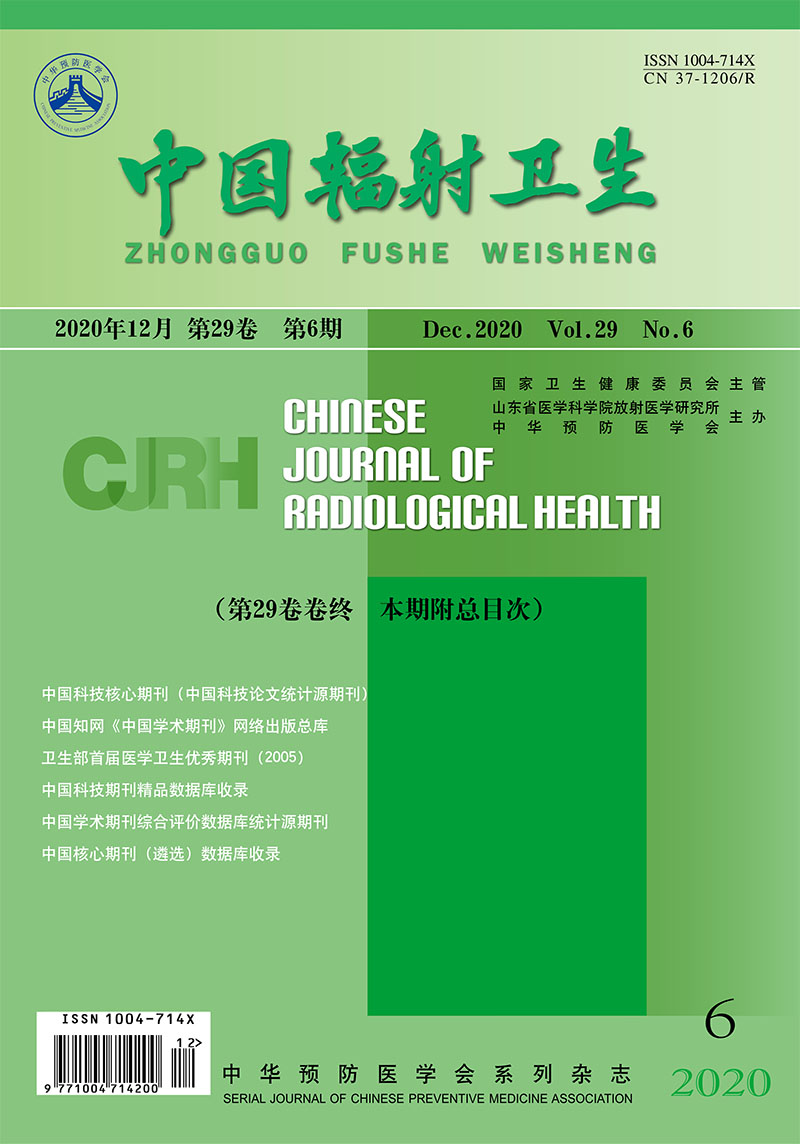Radiation Monitoring/Original Articles
FAN Shengnan, TAN Zhan, WANG Bo, ZHOU Kaijian, YIN Handong, ZHANG Jin, DENG Jun
Objective To evaluate the image qualities of medical magnetic resonance imaging (MRI) systems in four provinces in China from 2013 to 2018.Methods According to the national standard of "Specification of image quality test and evaluation for medical magnetic resonance imaging equipment", the signal-to-ratios and the other seven main performance indexes of 808 MRI equipments were measured by phantoms of Victoreen 76-907 type, 76-908 type and Magphan SMR170 type, USA. In addition, the qualities of clinical photographs taken by the systems were assessed. Moreover, fisher exact test was carried out on the results of imported equipment and domestic equipment using SPSS 22.0 statistical software.Results A total of 508 MRI equipments in Hebei province, 177 in Guangdong Province, 90 in Chongqing municipality and 33 in Inner Mongolia Autonomous Region were tested for image quality. The pass rates of relative deviation of resonance frequency, signal-to-noise ratio, image uniformity, geometric distortion, high contrast spatial resolution, slice thickness deviation, slice non-uniformity and aspect ratio were 100%, 97.5%, 100%, 99.6%, 97.4%, 99.8%, 100% and 100%, respectively. It was showed that the high contrast spatial resolution of imported equipment was significantly higher than that of domestic equipment (P = 0.036 < 0.05). The evaluation results of the clinical photo quality of 463 MRI equipments in Hebei Province showed that there were 323 sets of grade A, 82 sets of grade A-, 0 sets of grade B+, 48 sets of grade B, 8 sets of grade B-, and 2 sets of grade C.Conclusion The image qualities of the 808 MRI devices are overall good, basically meeting the requirements of relevant national standards. However, it is necessary to further strengthen the state detection and quality assurance of MRI equipment, and pay attention to the training of technical staff in clinical operation. It is recommended to revise the current relevant standards in order to improve the image quality and better protect the rights and interests of the examinees.

